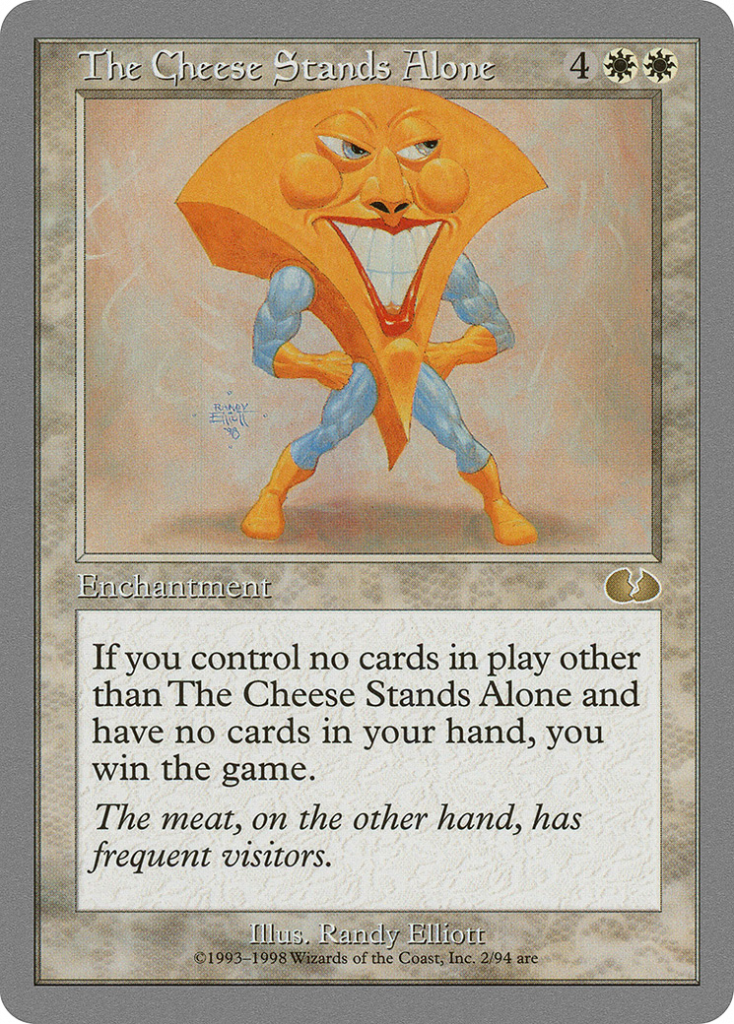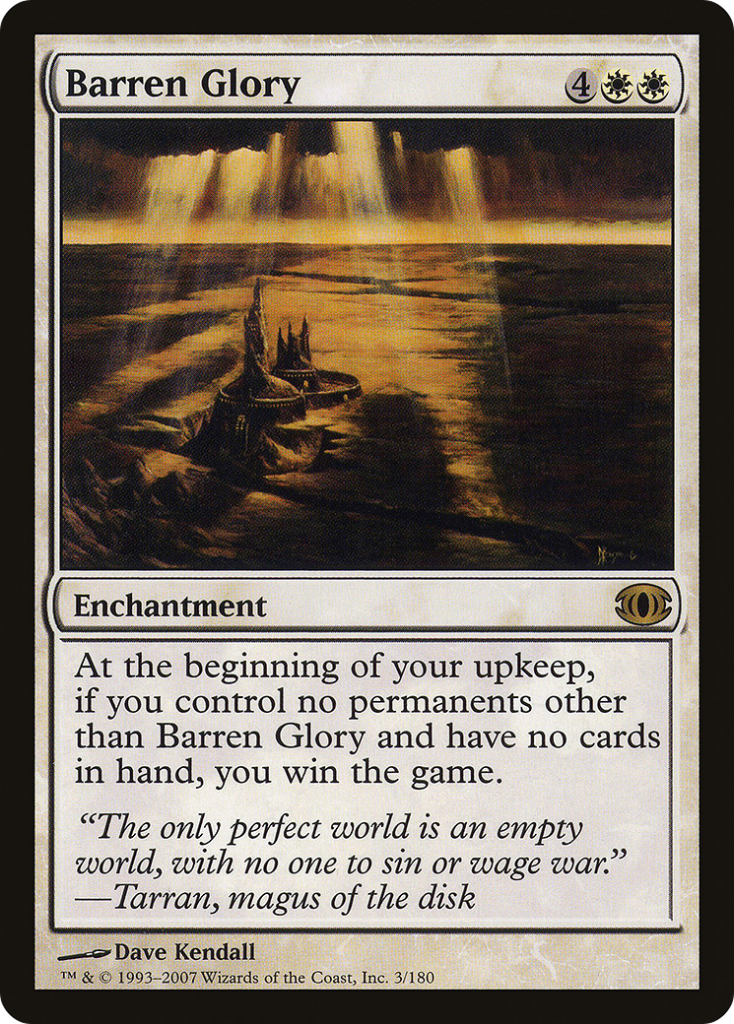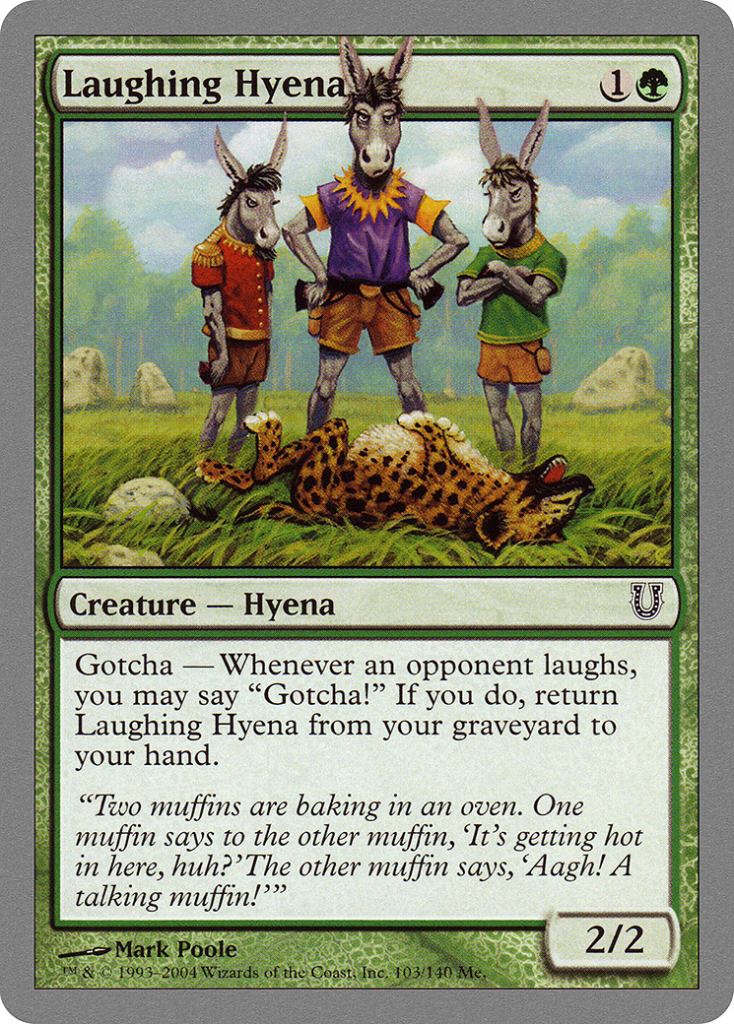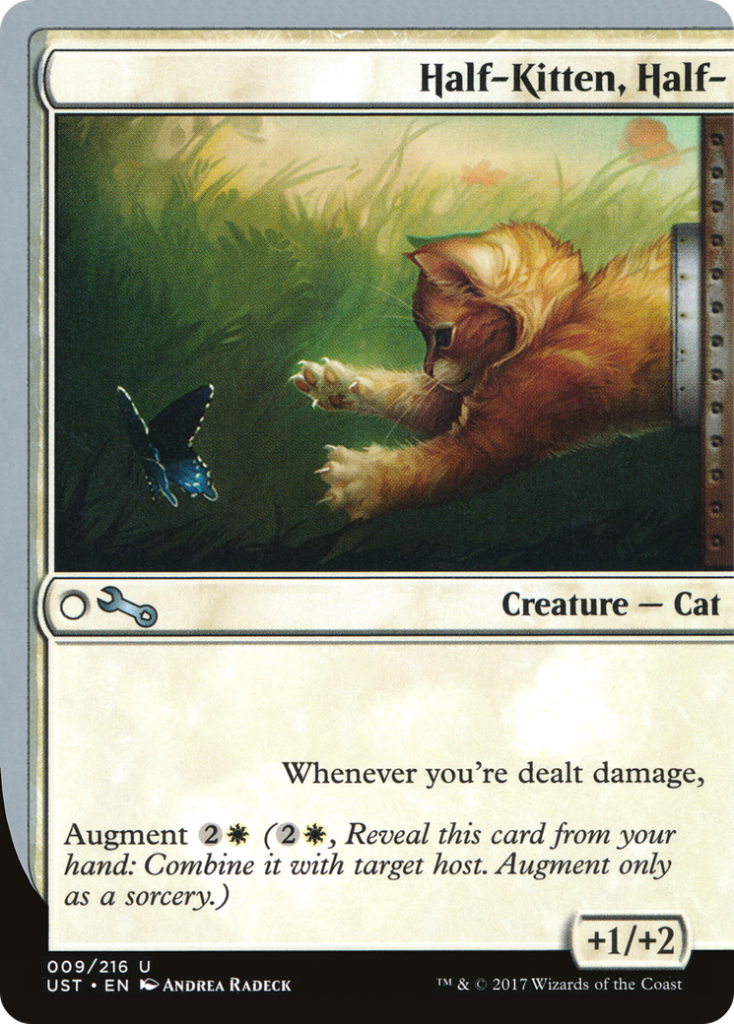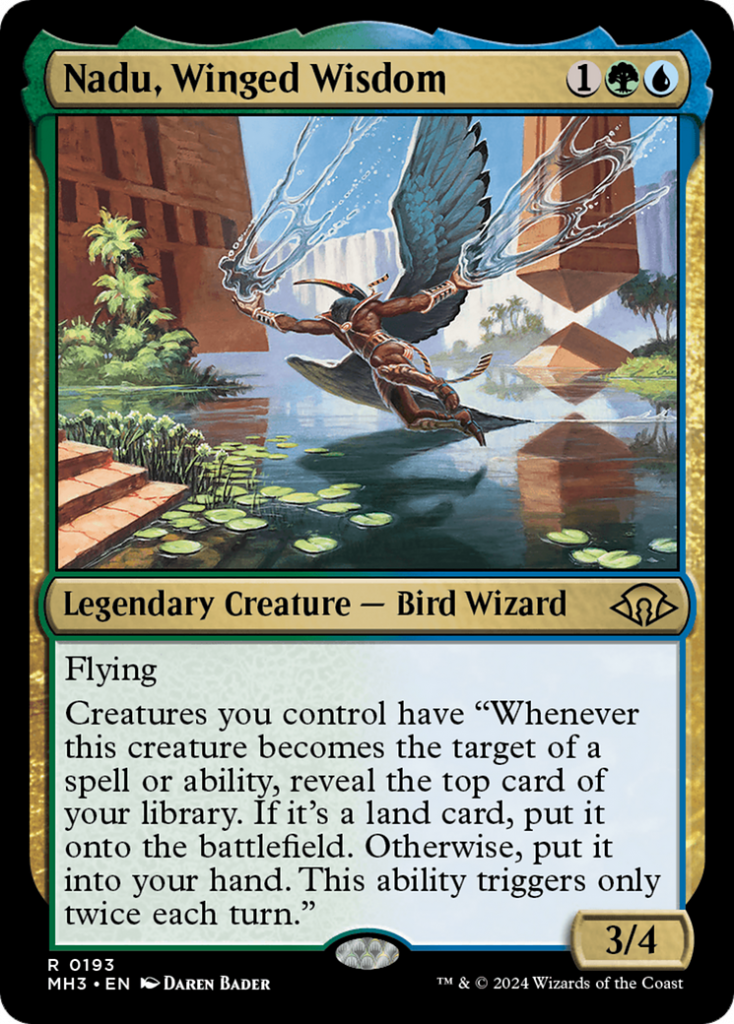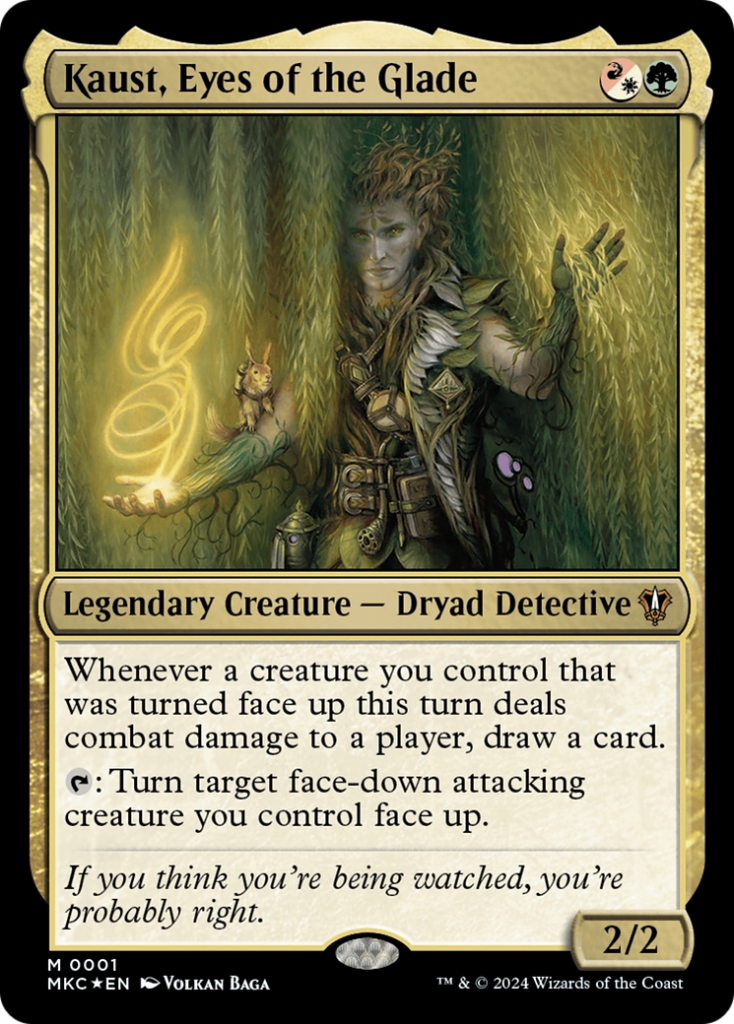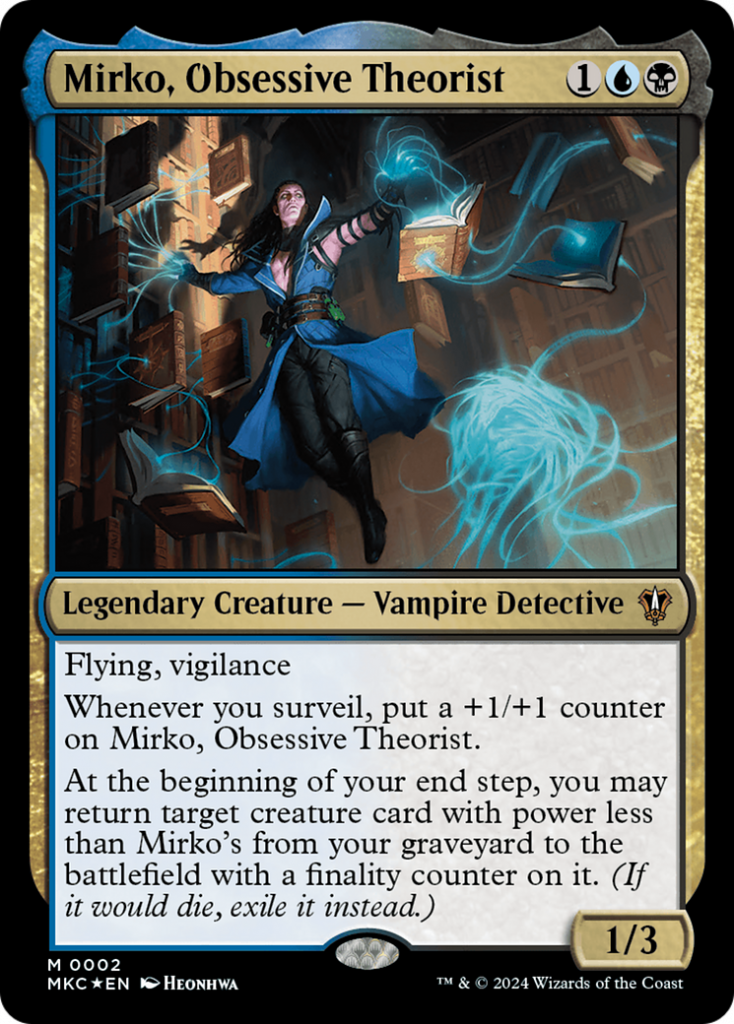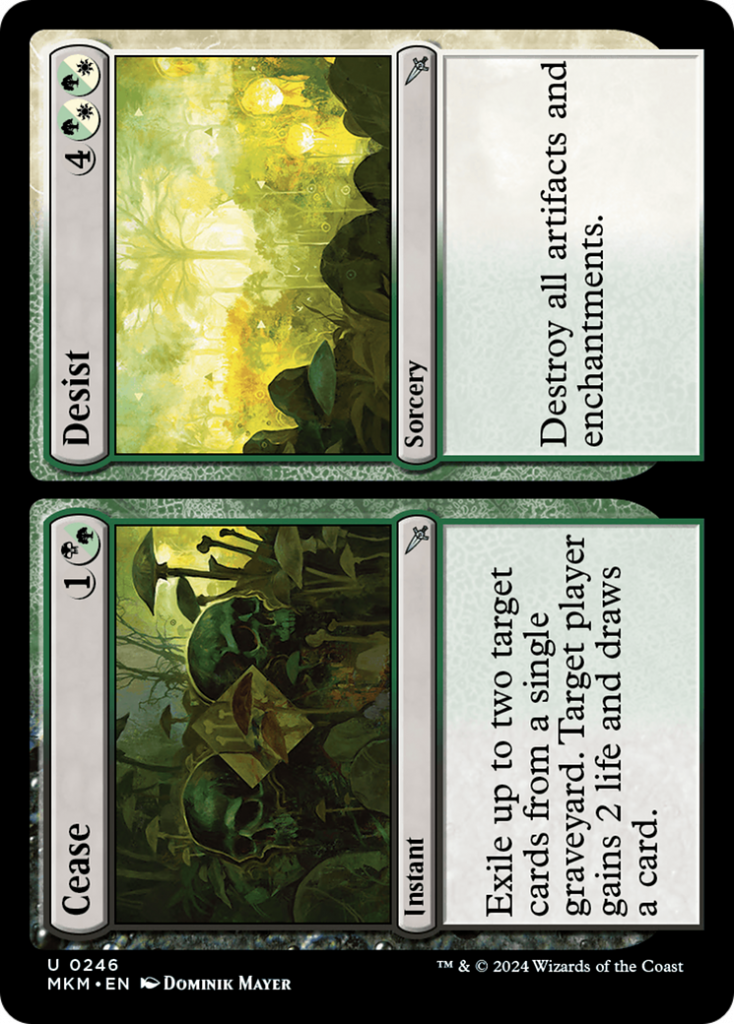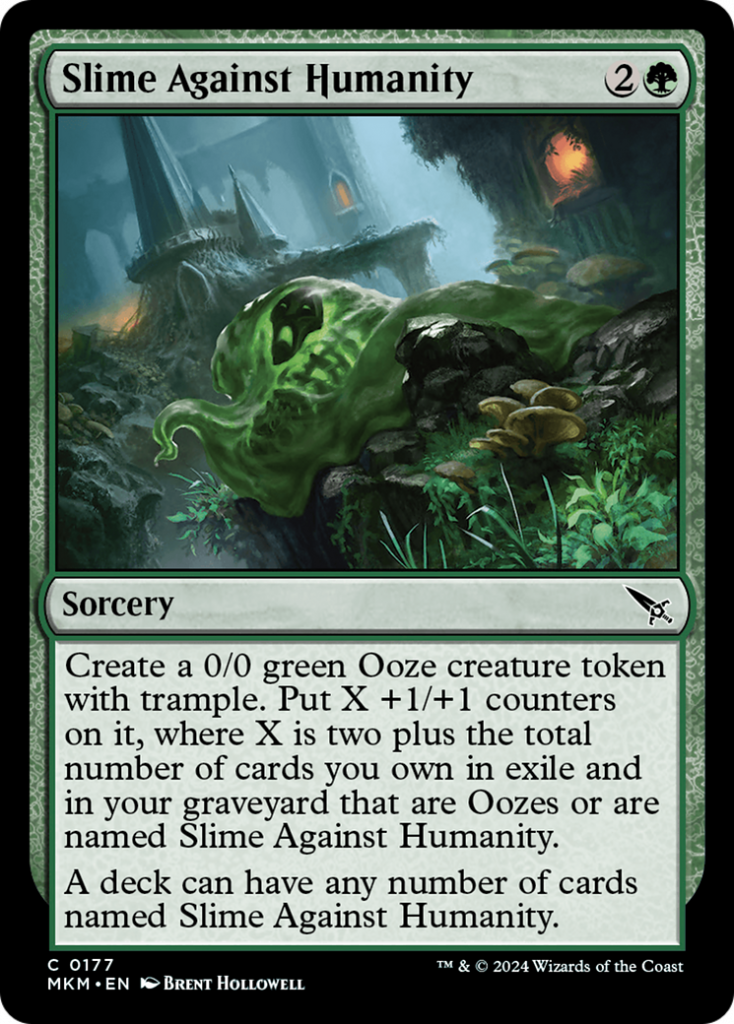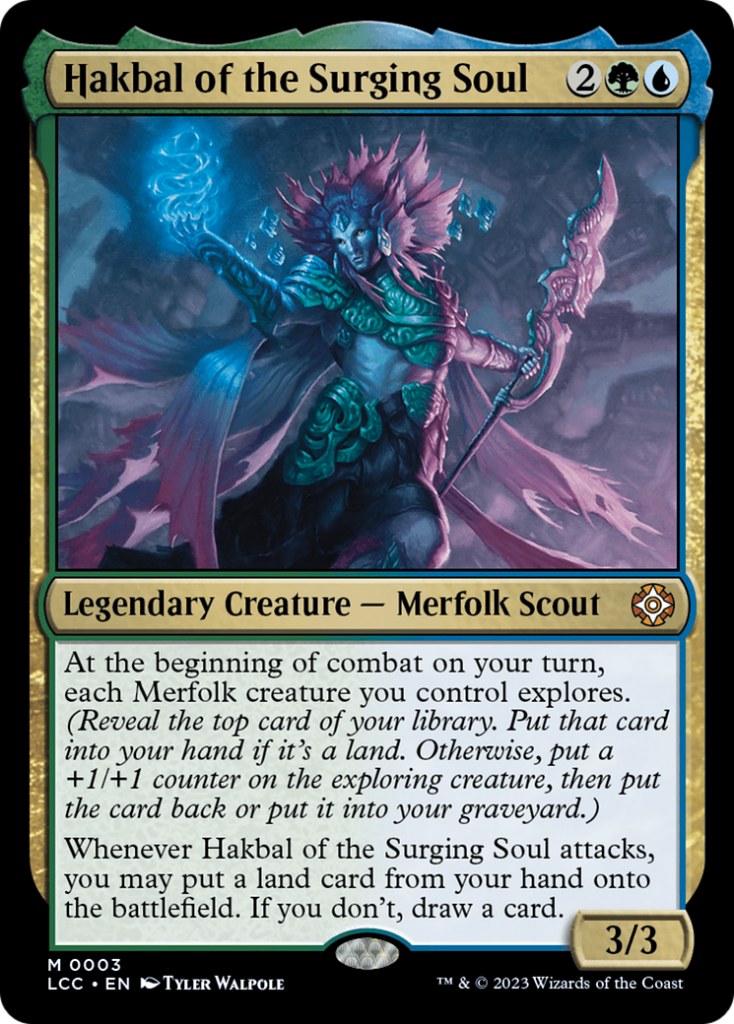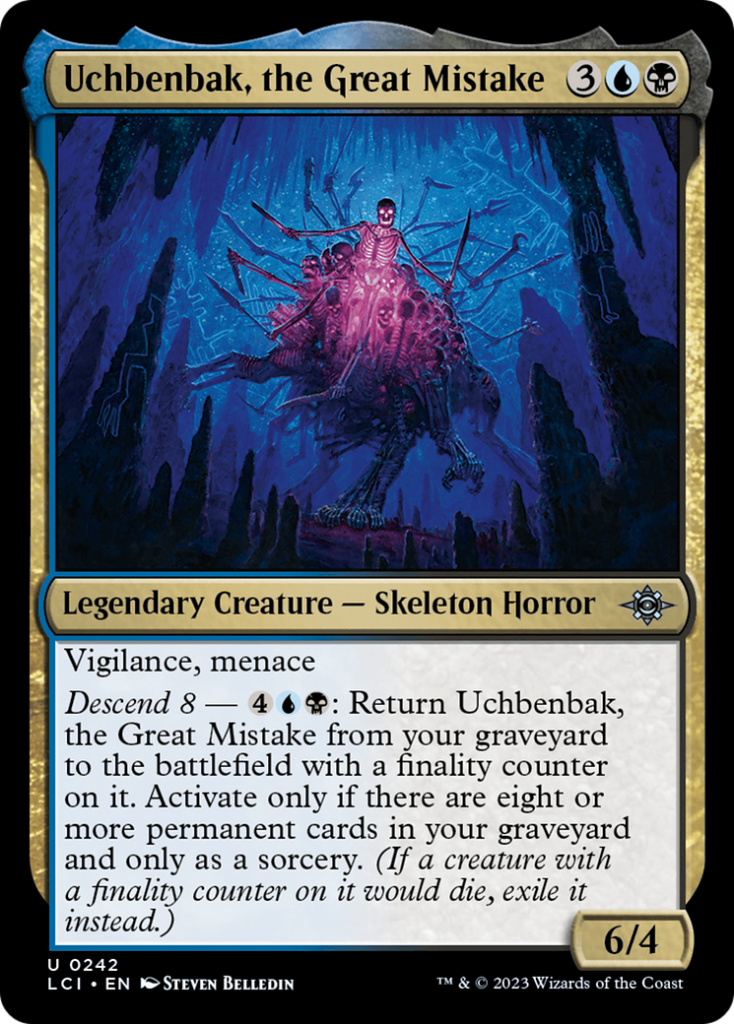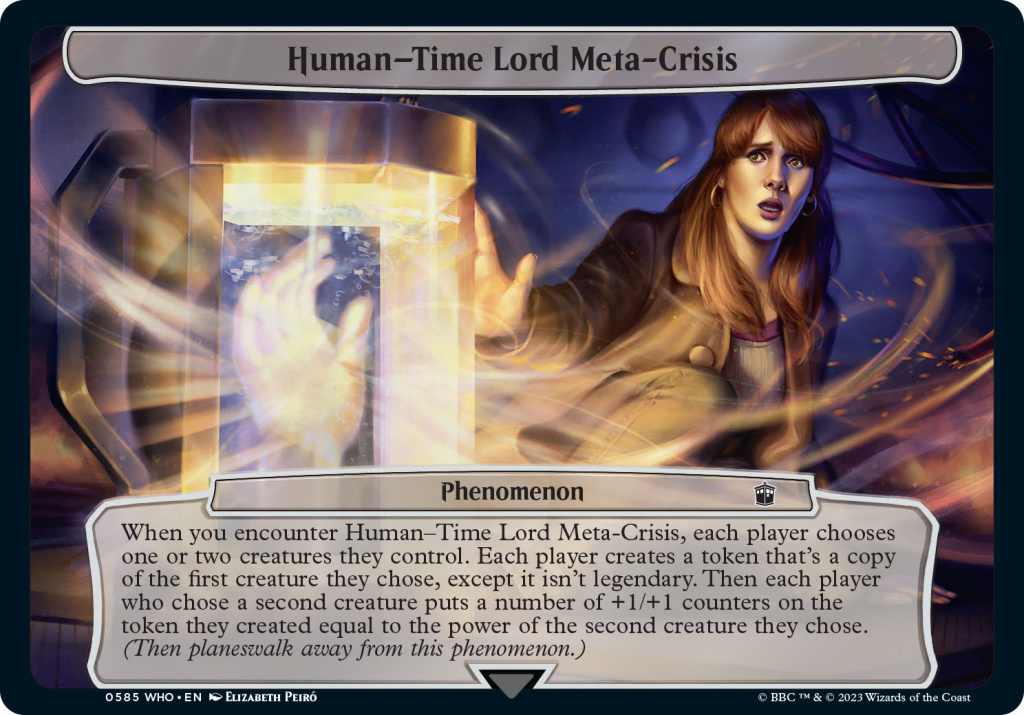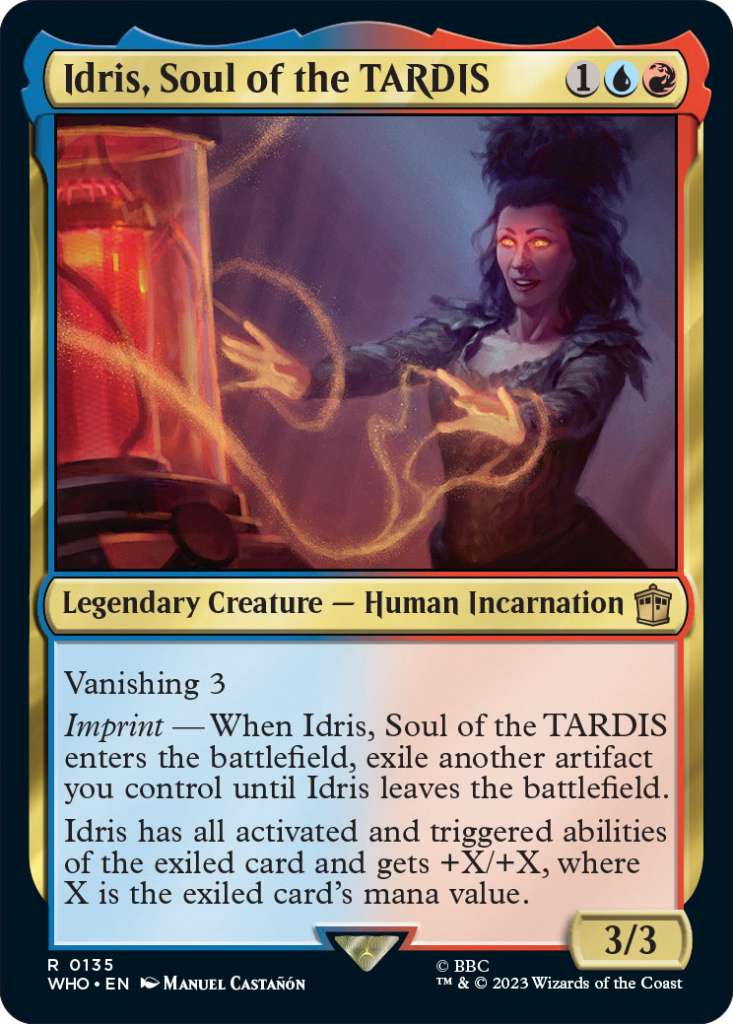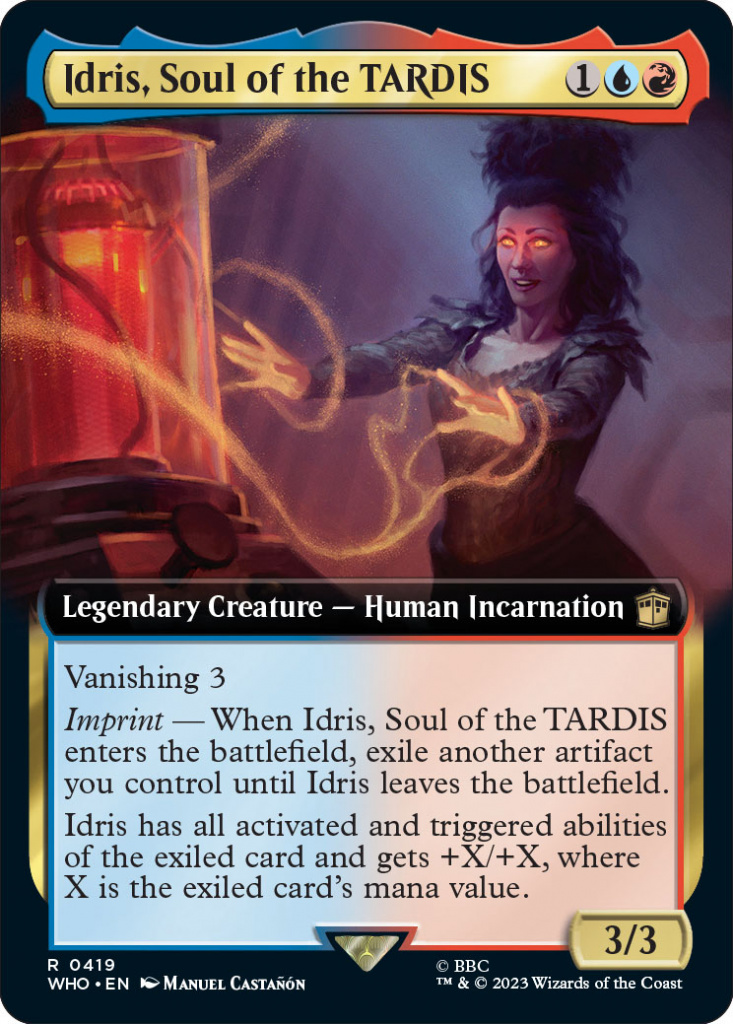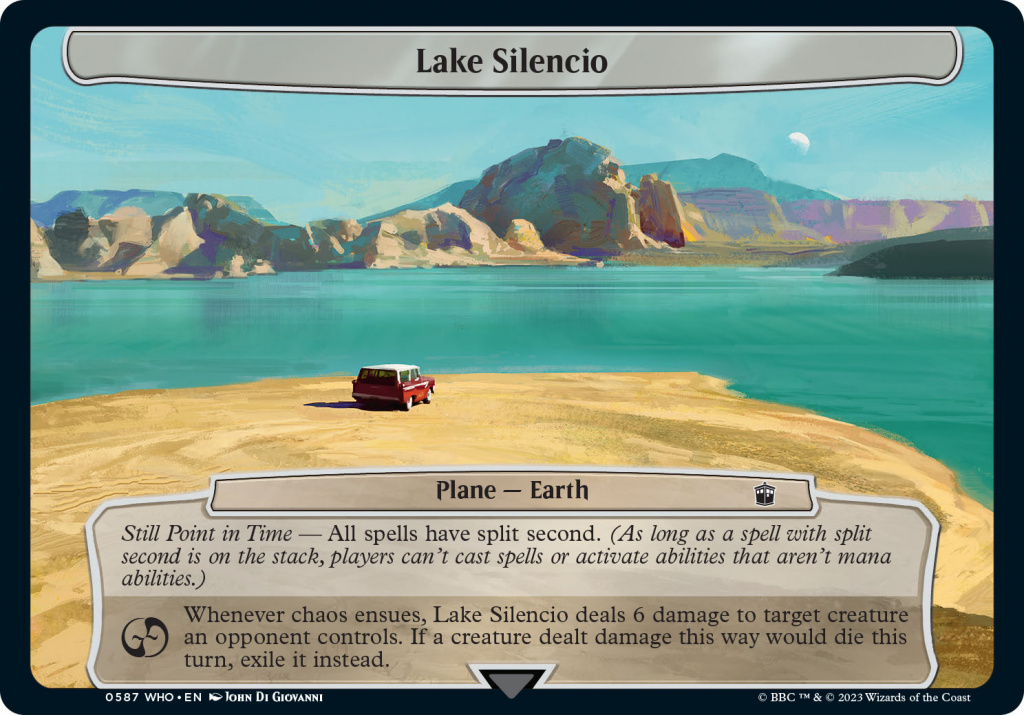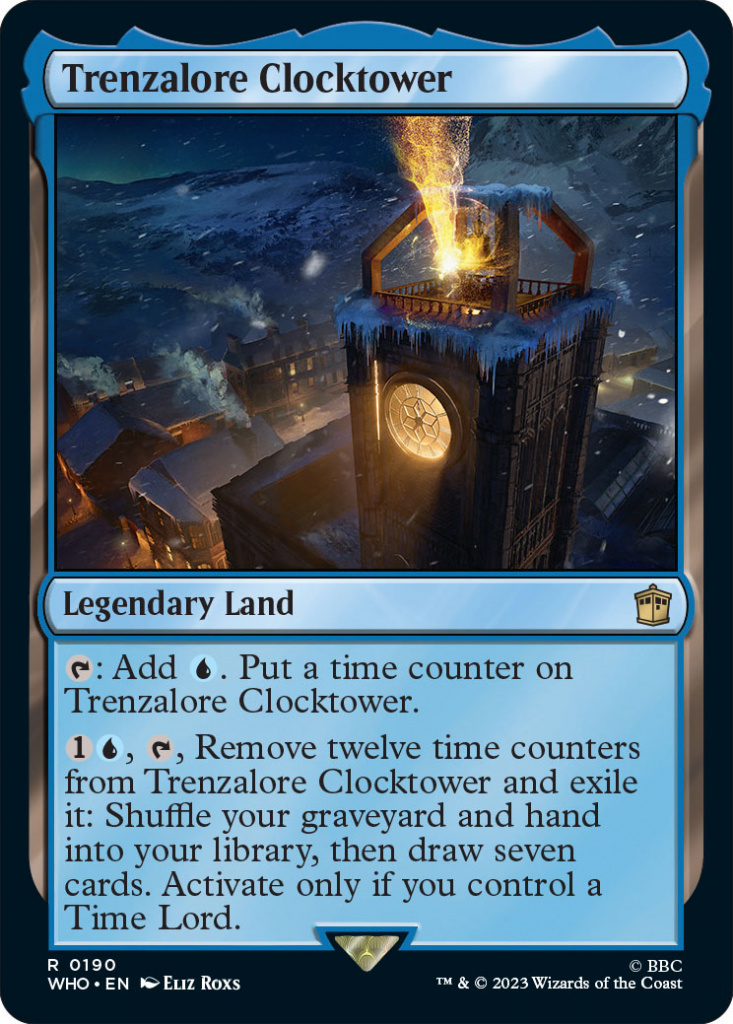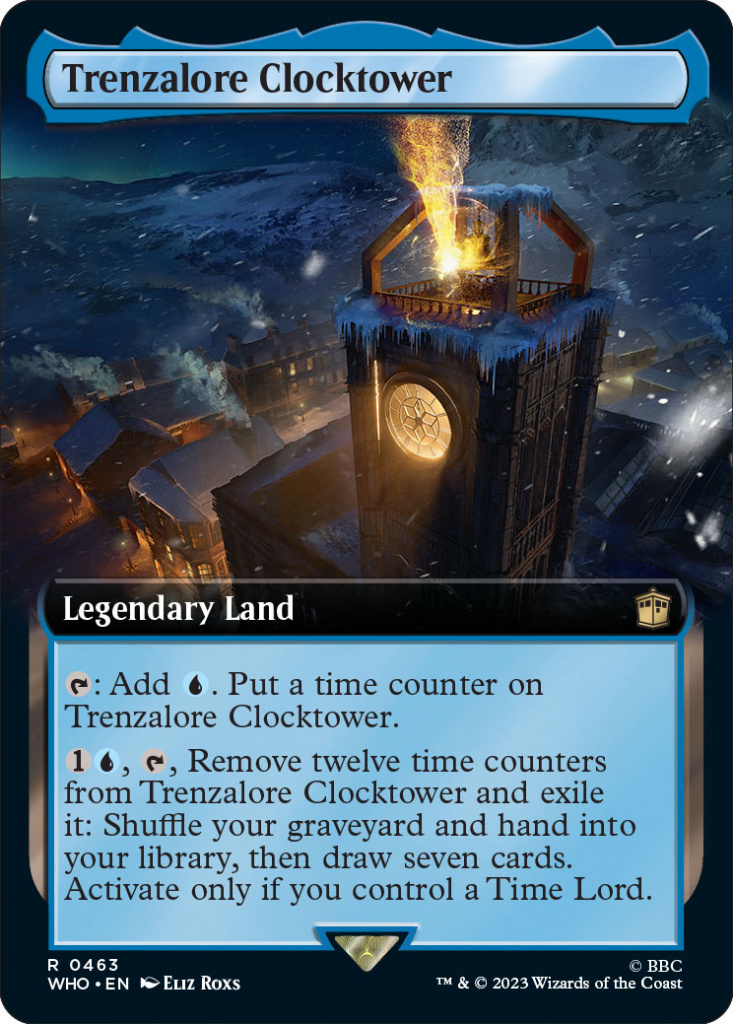Cards
Dockside Extortionist is banned
Jeweled Lotus is banned
Mana Crypt is banned
Nadu, Winged Wisdom is banned
Other
Update on the Silver Border Project and other new initiatives
Detailed explanation for each of these is below. Bans will be live on MTGO at noon Pacific.
Cards
The philosophy of Commander prioritizes creativity, and one of the ways we have historically reflected that in the rules and banlist is to encourage a slower pace of game than traditional formats. This gives decks time and space to develop and do different things. We have a goal to make it easier for players who enjoy slower, more social games to have an environment for them to explore.
Commander has always had the potential for someone to get out to a fast start and be the first arch-villain in the game, but that advantage has been balanced by having multiple players gunning for them once it happens. In the past few years, notably since Strixhaven, we have seen a pattern of stronger mid-game cards and that’s leading to the player who skips past the early game being able to snowball their advantage straight through to the win. Occasional games like that are fine, but it shouldn’t be common, and we’re taking steps to bring that frequency down a bit by banning three of the most explosive plays in the format.
- Mana Crypt – Coming down for no mana on turn 1, it’s quite possible to have the explosive start of Mana Crypt into a signet or talisman, land, and another signet, leaving that player untapping 5 mana on turn 2. In games going 12+ turns, the accumulated threat of damage from Mana Crypt provides a reasonable counterbalance for its explosive effect, but when you are snowballing to a turn 6-8 win, it’s a meaningless drawback.
- Jeweled Lotus – another card that can give you five mana on turn 2, Jeweled Lotus does it without even needing a good hand. Though you’re restricted in what you can do with the mana, four- and five-mana Commanders can pack a significant punch nowadays, often draw cards to make up for the one-shot mana, and defensive abilities such as Ward can’t be interacted with that early in the game.
- Dockside Extortionist – Dockside isn’t normally quite as explosive in the early game as the other two cards, but it can still go mana-positive on turn 2 and start generating substantial treasures after that. It’s been on the border for years, and we’ve shied away from taking action in the past because the card has scaled well with the power level of the table, but it’s a frequent contributor to the more egregious snowballing starts.
We should also talk about the elephant in the room. We’re not banning Sol Ring and have no desire to. Yes, based on the criteria we’ve talked about here, it would be banned. Sol Ring is the iconic card of the format, and it’s sufficiently tied to the identity of the format that it defies the laws of physics in a way that no other card does. Banning Sol Ring would be fundamentally changing the identity of the format. We aren’t trying to eliminate all explosive starts – it happening every once in a while is exciting – and removing the other three cards geometrically reduces the number of hands capable of substantial above-curve mana generation in the first few turns.
- There’s another ban here, and it’s explosive, but in a different way. Given that Nadu, Winged Wisdom has been ejected from multiple formats at this point, it’s no surprise that we took a close look at it for Commander. Sometimes, hugely problematic cards in other formats (Oko, companions) are fine for Commander, but our observations of Nadu suggest its inherent play pattern is going to cause problems.
Part of the problem is the way in which Nadu wins, where it takes a really long time to do non-deterministic sequences that can’t be shortcut and might eventually fizzle out. These aren’t dedicated combo lines that you have to build a deck around; dropping Nadu into a “normal” Simic shell still runs the risk of grinding the game down to a slog of resource accrual. It interacts badly with cards that are staples of casual play, most notably Lightning Greaves, meaning that decks where it gets thrown into without abuse intent can still create a situation where the player is monopolizing all the time in the game. That’s not an experience we want to risk, so Nadu gets itself another ban.
What’s Coming Up?
Hopefully quieter updates!
We talked in the last update about providing players with better ways to communicate about silver-bordered cards in their deck. That project is going well, but isn’t quite ready for release, so we’re holding off announcing it here. We expect it to be out by the next announcement at the latest.
We’re working with the folks at Wizards to provide some new tools to use in pregame conversations to help folks find like-minded players and are pretty excited about some of the possibilities there. No promises on a timeline yet, though.
Whatever happens, we’ll be back with our next update on November 18th, after the Foundations prerelease! In the meantime, tune into the charity stream and keep on brewing!
